Photosynthesis Process: Carbon Dioxide to Glucose
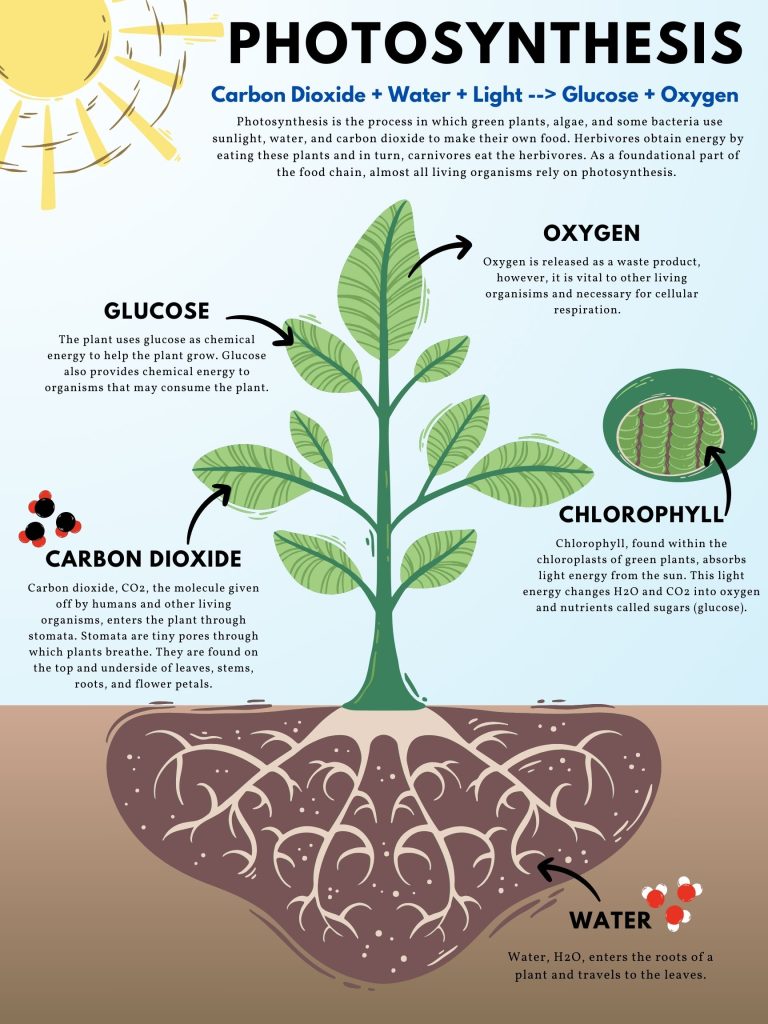
“The main idea of photosynthesis is that it takes in carbon dioxide from the air. Then, it uses that carbon with water and sunlight to convert it into a chemical form like glucose.”
Plants are mostly glucose which is C6H12O6. The carbon, hydrogen and oxygen for glucose comes from:
- WATER: Water is H2O which provides oxygen and hydrogen.
- CARBON DIOXIDE: Carbon dioxide is CO2 which provides carbon and oxygen.
- SUNLIGHT: Sunlight is the energy that powers photosynthesis.
If you cut off sunlight, the plant no longer has the energy it needs for photosynthesis. Without water or CO2, you choke the plant from the essential building blocks in its structure.
Trees grow using carbon dioxide
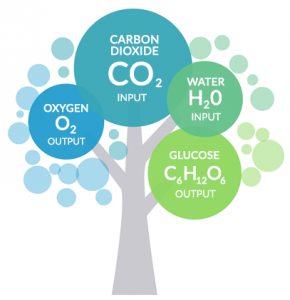
Only when carbon dioxide, sunlight, and water are available, plants undergo photosynthesis. Photosynthesis produces sugars to create the trunk and other structures of the tree.
Plants use solar radiation from the sun to break apart the carbon dioxide from the air. Then, plants use this same carbon that goes into the plant material.
Nutrients that plants get from soils mostly aren’t used as part of the main body and structure of a tree. Plants use these nutrients for the more complex structures within plants, such as functional proteins and enzymes. This means that most of the dry mass of trees is made from the contents of the air.
In turn, this process releases oxygen into the air. Then, it removes carbon dioxide which is a form of air pollution. This cycle involving photosynthesis is the short-term carbon cycle.
Gas burnt in your car ends up in plant material
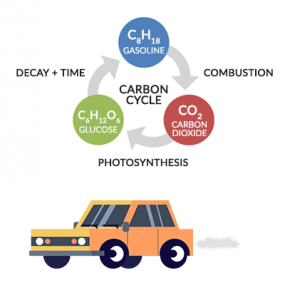
When your car burns gasoline, fossil fuels are released into the air as carbon dioxide and water vapor.
It may stay in the atmosphere for a while, but eventually, plants consume it during photosynthesis.
So that means the same weight from the tank of gasoline gets converted into wood or plant material by photosynthesis.
Given how many cars are being driven daily, plants have access to plenty of “material” for their growth. They just need the ideal conditions to grow.
Long and short-term carbon cycle

In the short-term carbon cycle, it just takes days, months or years for carbon to cycle through the environment. The main idea is that carbon is converted into sugars through photosynthesis, decomposition, respiration, and combustion
But the long-term carbon cycle takes millions of years to come full circle. When plants are buried and compacted over millions of years, they get re-purposed into hydrocarbons or fossil fuels like coal.
Photosynthesis lays the foundation for both cycles. Without photosynthesis, it’s absent of the necessary building blocks to create fossil fuels in the long-term carbon cycle. Alternatively, if you remove photosynthesis from the short-term cycle, you cut off the fuel that all living things require.
Earth metabolism and net primary productivity
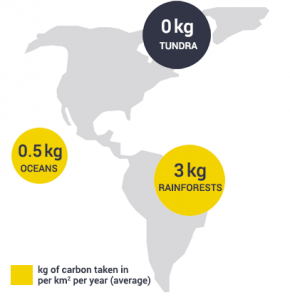
The Earth is breathing. We gauge Earth’s metabolism based on the rate at which plants absorb carbon dioxide out of the atmosphere. Net primary productivity is how much carbon dioxide is taken in during photosynthesis minus how much is given off during respiration.
For example, lush tropical rainforests are the most productive places on the planet. Because of its high rainfall and temperatures, South America, Africa, Southeast Asia, and Indonesia have high net productivity.
But polar regions are the least productive because little photosynthesis takes place. Although countries like Canada and Russia experience high productivity in the summer, their rates are much lower in comparison.

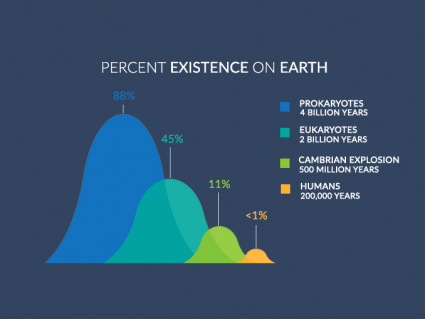
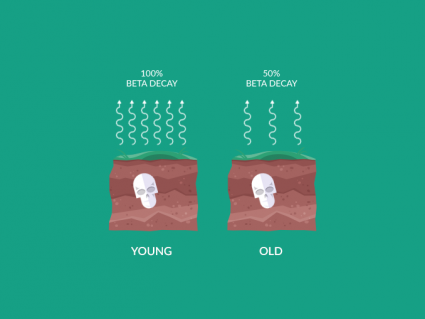
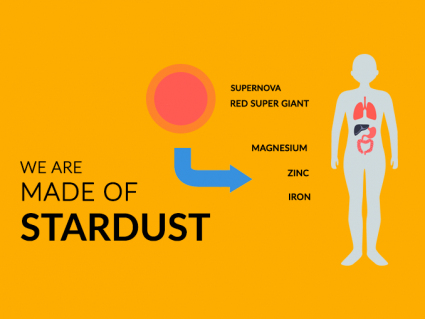

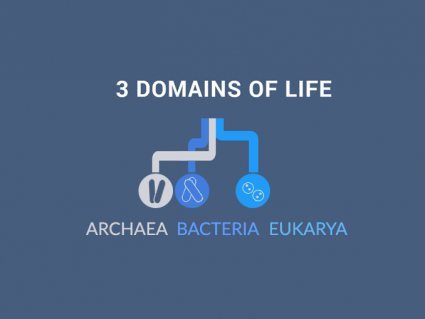
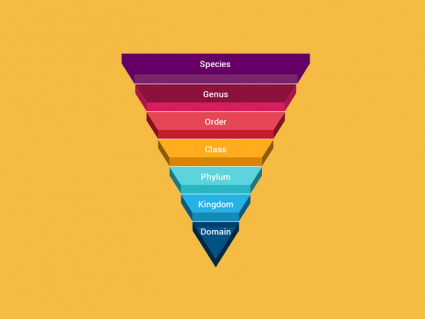
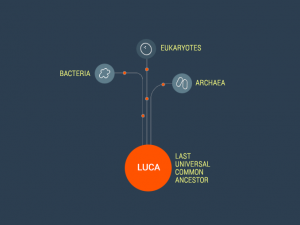
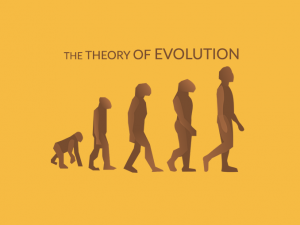
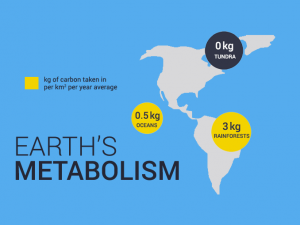
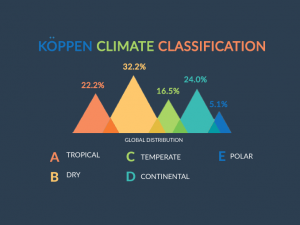
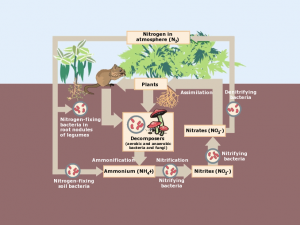
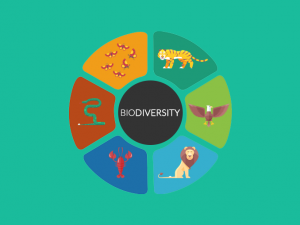
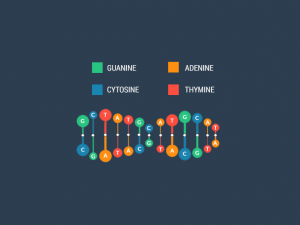

I would love to purchase this poster to use at our farm showing the process of photosynthesis. Is it possible to buy a poster? Thanks for any information you can provide!
Martha